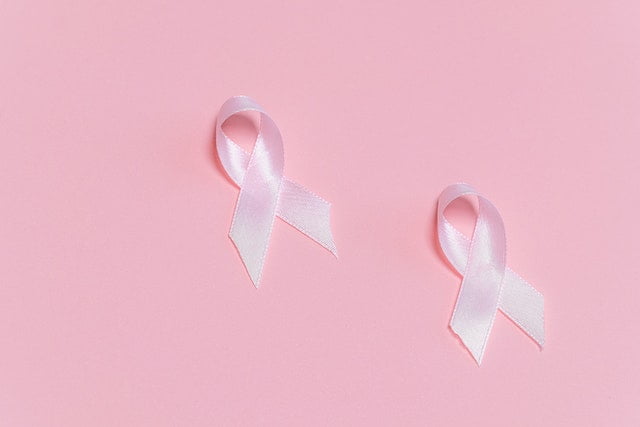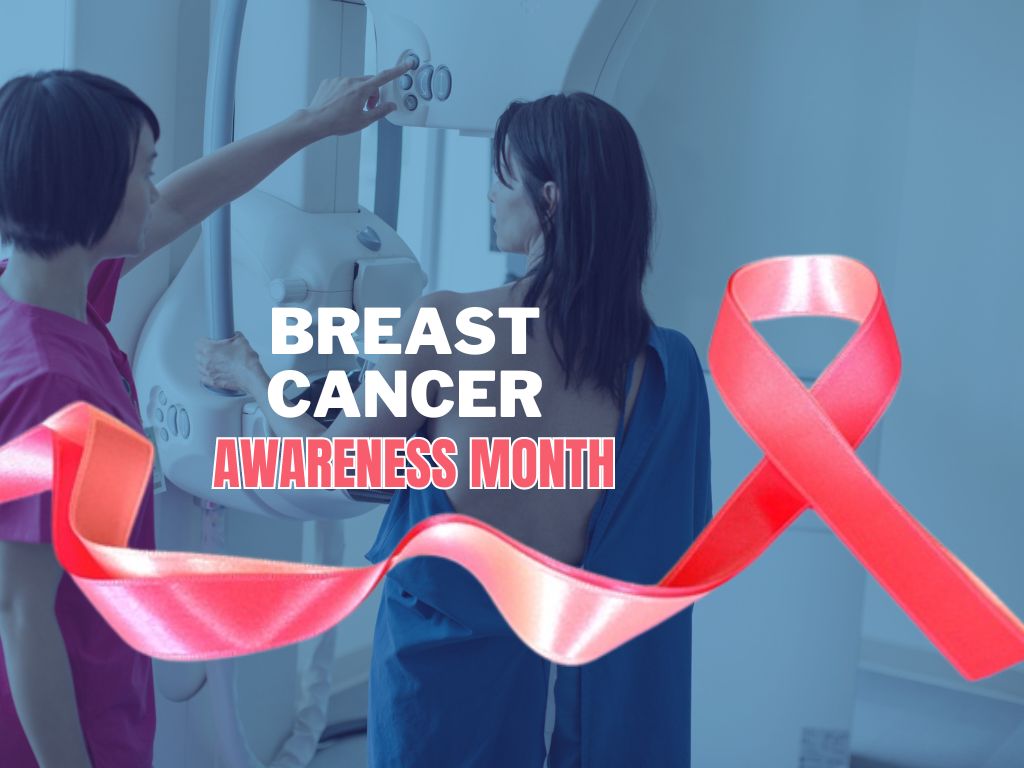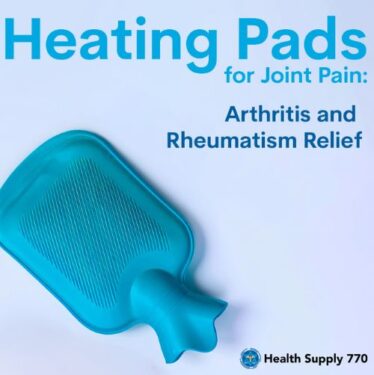With the start of October, awareness campaigns regarding the prognosis, detection, effects, and treatment options for breast cancer have been initiated all around the world. People are not only given information about the disease but the importance of early detection is also emphasized.
These efforts have been rightly attributed to breast cancer as according to the Centers for Disease Control and Prevention (CDC), every year, nearly 2.5 million people are diagnosed with it. This number is only restricted to the US and includes both men and women.
Moreover, the high mortality rate, i.e. 42,000 in women and 500 in men each year, with the disease cannot go unnoticed. However, early detection can lead to increased chances of survival. Let us understand how breast cancer can be detected at earlier stages.

1. Traditional Methods of Detection
Primarily, breast cancer can be diagnosed by the patient followed by a clinical breast examination by a healthcare professional. These two methods use the following methods:
Self-examination:
For self-examination, the entire area of each breast as well as the armpits is checked using the three middle fingers.
Mild and moderate to firm pressure is applied which gives away the presence of any lumps either near the skin or deep into the breast.
Moreover, nipples are also squeezed. The same process should be repeated for both breasts every month ideally after 3 to 5 days after the start of periods.
Clinical breast examination:
In case of any discharge from nipples, or the presence of a lump, a thickening, or a knot in the breast tissue, one should immediately seek medical help. Your doctor might want to run a mammography or a biopsy.
2. Mammography: The Gold Standard
Mammography is a diagnostic as well as screening tool employed for the examination of breast tissue for detecting the possible presence of cancer or other diseases.
The technique uses a low-dose x-ray imaging system to look inside the tissue and visualize its contents. The importance of this primary technique can be estimated by the fact that early detection of breast cancer by taking a mammography screening has been reported to minimize the mortality rate by 20%2. Mammographies are of the following types:
Film-screen mammography:

This technique produces black and white images of breast tissue which are taken on a film. However, the process is relatively slower.
Digital or 3D mammogram:
Digital mammography, also known as tomosynthesis, takes multiple pictures of the breast tissue from different angles to generate a better image.
Based on the recommendations of the American Cancer Society, the frequency of mammography according to age should as enlisted in the following table:
| Age (Years) | Recommended mammography frequency |
| 40 to 44 | Once a year |
| 45 to 54 | Every year |
| 55 and older | Every 1 to 2 years |
3. Ultrasound in Breast Cancer Detection
An ultrasound, when employed alone, is generally not considered one of the reliable detection methods of breast cancer as it is not very efficient in the identification of tumorous mass at its initial stages.
However, in conjunction with mammography and breast MRI, it is useful to get an ultrasound. The technique uses ultrasound waves which are entered into the breast tissue. When they are bounced back after hitting a cancerous mass, a probe detects them and generates a computerized picture.

4. Breast Magnetic Resonance Imaging (MRI)
In a breast MRI, radio waves along with different magnets are used for visualizing the breast tissue in the form of pictures.
Despite being a highly effective method for high-risk individuals, breast MRI is not usually recommended for women with an average risk of cancer.
Moreover, the chances of a false result are significant as the MRI scans can indicate the presence of a tumor-like mass in the breasts when it is, in fact, absent.
To conduct the process, a dye or a contrast agent is administered to the patient intravenously to help visualize the tissues as well as blood vessels in a better way.
In the next step, the patient is asked to lie down on a padded table with a hollow space to fit the breasts. Once laid face down, the table gets slid into the MRI machine and scans are run. The test is to be scheduled once the menstrual cycle starts.
5. Biopsy Procedures and Equipment
Biopsy is a method of sampling the breast tissue by inserting a hollow tube or probe into it via a small incision. Once inside, the probe locates the lumps or any hard mass present in the breast with the help of MRI, X-rays, or ultrasound followed by sampling. It has the following types:
Fine-needle aspiration (FNA) biopsy:
During FNA, a thin needle along with a syringe is used to take the sample. This is ideal for cases in which the patient can feel a lump during a physical examination.
Core needle biopsy:
For this method, a hollow needle with a comparatively larger bore.
Vacuum-assisted core biopsy:
Apart from the commonly used instruments i.e. hollow needle, forceps, scalpels, specimen cups, and microscopic slides in a biopsy, the vacuum-assisted core biopsy also uses a vacuum-powered device that creates the necessary suction needed to pull the sampled tissue out.
All the medical equipment mentioned in this article, along with many other medical supplies, can be purchased from Health Supply 770, a reliable name when it comes to medical products. They have a 30-day money-back guarantee and provide your products to you in the shortest possible time.
Innovations in Detection Equipment
Among the novel detection methods of breast cancer, an ultrasound wearable patch has been designed that can be incorporated into the bra. The device can detect the disease in its early stages while eliminating the need to take annual tests. The positive impact of this discovery on the overall health budget is huge along with the elevated patient comfort it can provide.
Conclusion
Breast cancer is one of the menaces of this time and age. It has been devouring many precious human lives for the past decades. With the expansion of our understanding of cancer, it has become clear that early detection followed by timely treatment initiation can potentially save many patients from reaching a point of no return. Therefore, taking some time for a self-examination once a month, regardless of your age, can become your chance to live and longer and healthier life.
References:
- https://www.cdc.gov/cancer/breast/basic_info/index.htm
- https://www.ncbi.nlm.nih.gov/pmc/articles/PMC5802601/#:~:text=Early%20detection%20and%20appropriate%20diagnosis,mortality%20by%20at%20least%2020%25.

PhD Scholar (Pharmaceutics), MPhil (Pharmaceutics), Pharm D, B. Sc.
Uzma Zafar is a dedicated and highly motivated pharmaceutical professional currently pursuing her PhD in Pharmaceutics at the Punjab University College of Pharmacy, University of the Punjab. With a comprehensive academic and research background, Uzma has consistently excelled in her studies, securing first division throughout her educational journey.
Uzma’s passion for the pharmaceutical field is evident from her active engagement during her Doctor of Pharmacy (Pharm.D) program, where she not only mastered industrial techniques and clinical case studies but also delved into marketing strategies and management skills.



















